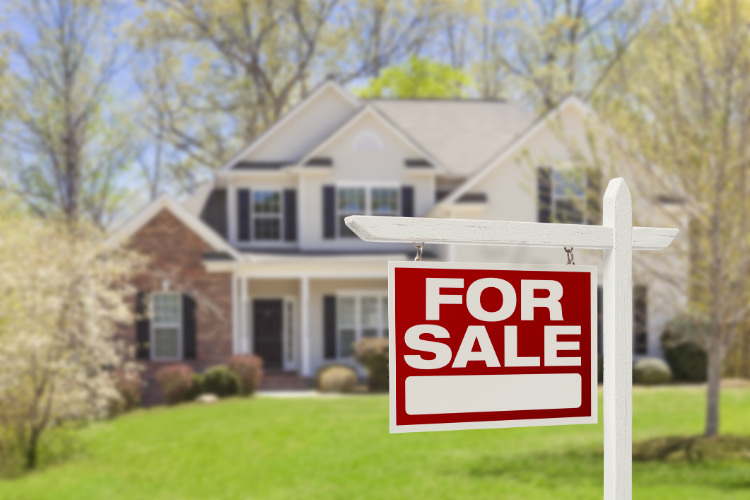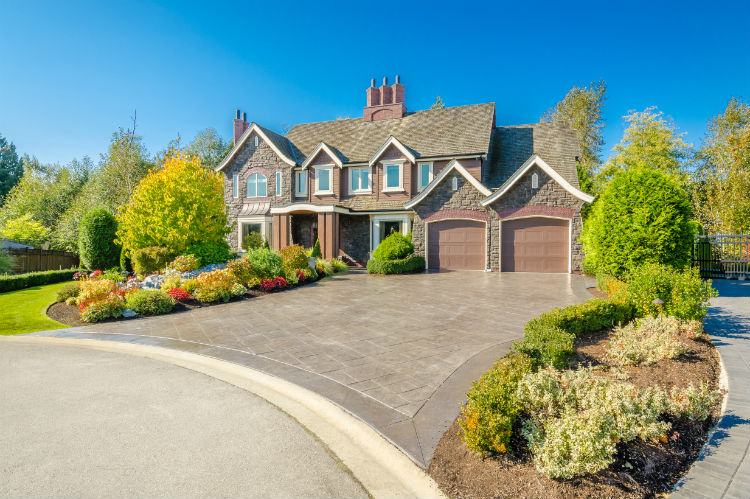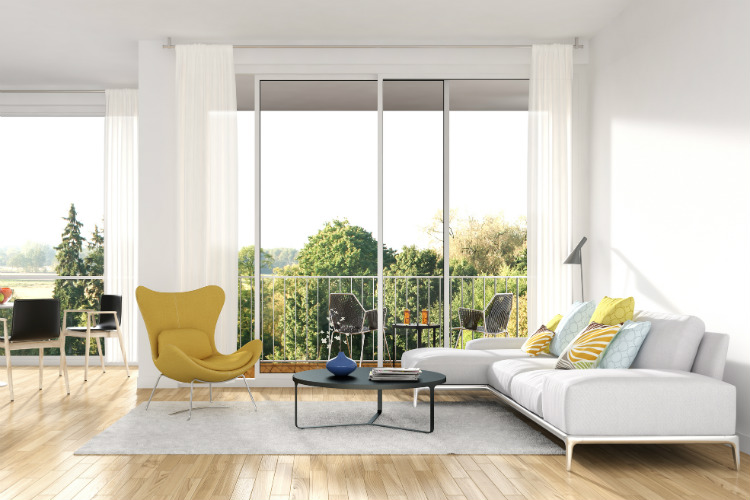Selling a home can often be a lengthy process, but taking the time to make your property as saleable as possible before putting it on the market can make a big difference.
Here’s a quick guide on the best ways to present your home for sale…
Curb appeal
First impressions count. Before the potential buyer has even entered your home they will have formed a rudimentary opinion of the entire property based on how it looks from the curb.
This phenomena is colloquially referred to as ‘curb appeal’.
The gauge of how attractive the front of the home appears often consists of factors like the paint job, the nearness of the garden, the age of the windows and the quality of the door.
- Maintenance: If the front of the property appears badly maintained or if it has a scruffy paint job you may be limiting its potential value. Consider repairing stone walkways, making sure all gate fixtures are working and, if your front door/porch is in a state, consider replacing what cannot be repaired.
- Paint scheme: If you’re keen to repaint, neutral colours are generally recommended rather than bold ones as they’ll appeal to a wider variety of buyers and won’t go out of season.
- Front lawn: If you’ve got a lawn, it’s recommended that you keep it clear of any debris and make sure it’s neatly trimmed for each house viewing. Fight the weeds, cut back the bushes and keep it tidy.
- Sidewalks/driveways: Consider using a pressure washer to spray clean the sidewalks (pavement), the driveway and the exterior of the property.
Presenting the interior
Leaky faucets, holes in walls, cracked tiles, kitchen cupboards that have seen better days, dog hair, clutter, strange smells… There’s a lot to be aware of when presenting the interior of a home for a viewing beyond simply having a tidy.
- Clutter: Generally speaking; clutter is your worst enemy. It looks bad, prevents you from presenting an effectively ‘depersonalised’ depiction of a home, and will drag down the best of properties. Trinkets, doodads, knickknacks, superfluous furniture – hide what isn’t needed, or put it into storage if necessary. That goes for children’s toys too.
- Ease of access. Focus on making sure access to each room is as clear as it can be and focus on maximising the amount of space in each room. It should also be noted that pets (as wonderful as they are) should be kept out of sight and under control.
- Paintjobs and lighting: In terms of paint schemes, the same applies to the interior as the exterior; neutral colour schemes should take precedence, as should natural lighting.
- Maintenance: Cracked tiles, a kitchen that’s falling apart, deteriorating flooring… whatever it is, if it’s visually displeasing consider replacing it or getting it fixed. However, it should be noted that adding a new kitchen only adds, (on average) £4500 to your home’s value, so make sure it’s feasible that you recoup whatever you spend out. In respect to the carpets; now is the right time to think about getting them steam cleaned, or if you have wooden floors; professionally polished.
- Décor: We touched on space earlier in this article, but it bares further explanation; the #1 reason people look to move home is for more space. So if you fail to fully maximise the space that each room can provide, you risk turning off what could be the majority of your potential buyers. Beyond this, try to think light, airy and minimal. Also, consider de-personalising your property by removing any kitschy memorabilia and keeping personal affects to a minimum.
One thing not to do…
- Selling on scent: People preparing for a house viewing are often advised to throw on a batch of cookies or consider baking their own bread to make the house smell nice. Whilst this approach has pervaded the property selling space since time forgot, its usefulness is questionable at best. Yes pleasant smells are good, homely even, but some buyers might suspect that you’re creating a nice smell to cover up a bad one. It might be preferable to just keep things airy and clean!











